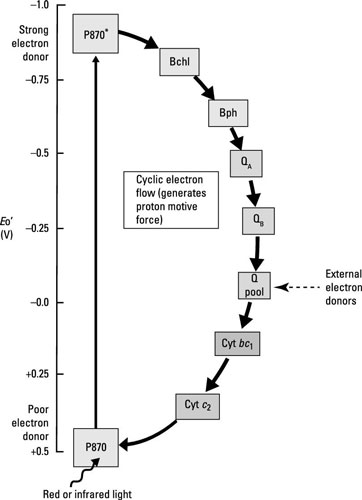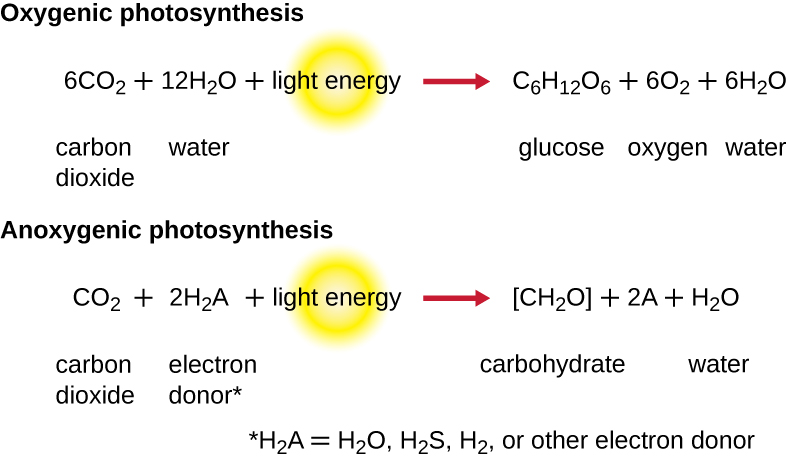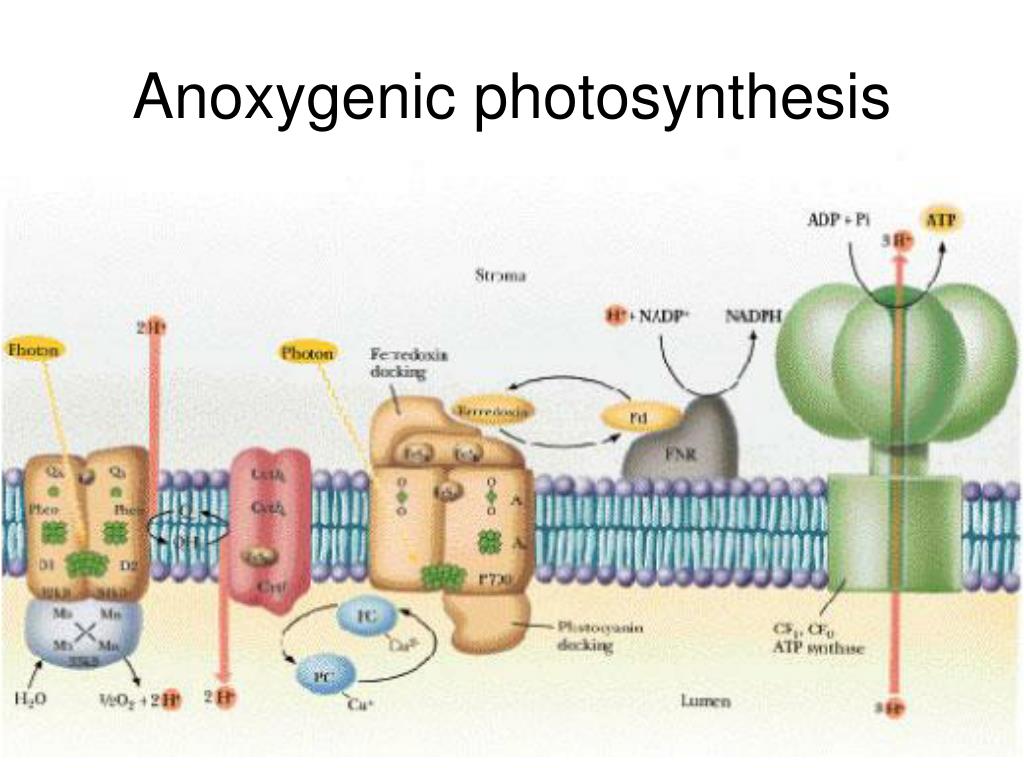Do you interested to find 'anoxygenic photosynthesis'? Here you can find questions and answers about the issue.
Table of contents
- Anoxygenic photosynthesis in 2021
- Non oxygenic photosynthesis
- Aerobic anoxygenic photosynthesis
- Anoxygenic photosynthesis bacteria
- Anoxygenic photosynthesis examples
- Anoxygenic photosynthesis products
- Synechococcus oxygenic or anoxygenic
- Anoxygenic photosynthesis equation
Anoxygenic photosynthesis in 2021
 This picture shows anoxygenic photosynthesis.
This picture shows anoxygenic photosynthesis.
Non oxygenic photosynthesis
 This picture illustrates Non oxygenic photosynthesis.
This picture illustrates Non oxygenic photosynthesis.
Aerobic anoxygenic photosynthesis
 This image shows Aerobic anoxygenic photosynthesis.
This image shows Aerobic anoxygenic photosynthesis.
Anoxygenic photosynthesis bacteria
 This picture representes Anoxygenic photosynthesis bacteria.
This picture representes Anoxygenic photosynthesis bacteria.
Anoxygenic photosynthesis examples
 This image illustrates Anoxygenic photosynthesis examples.
This image illustrates Anoxygenic photosynthesis examples.
Anoxygenic photosynthesis products
 This picture representes Anoxygenic photosynthesis products.
This picture representes Anoxygenic photosynthesis products.
Synechococcus oxygenic or anoxygenic
 This image representes Synechococcus oxygenic or anoxygenic.
This image representes Synechococcus oxygenic or anoxygenic.
Anoxygenic photosynthesis equation
 This image demonstrates Anoxygenic photosynthesis equation.
This image demonstrates Anoxygenic photosynthesis equation.
Why is anoxygenic photosynthesis important to plants?
The photosynthetic reaction that you see in plants is pretty important because it converts light energy into stored energy, but there are other ways to do the same thing. Some bacteria, called anoxygenic phototrophs, perform a similar reaction. But instead of water, they use other molecules as electron donors.
What kind of bacteria is anoxygenic photosynthetic bacteria?
Anoxygenic Photosynthetic Bacteria is a comprehensive volume describing all aspects of non-oxygen-evolving photosynthetic bacteria.
Why is oxygen produced in oxygenic photosynthesis?
In this reaction , water acts as an electron donor (reducing agent) and molecular oxygen (O 2 ) is produced as a waste product , which is why it is called oxygenic photosynthesis. The global reaction of oxygenic photosynthesis responds to the following equation:
Where does electron transfer occur in anoxygenic photosynthesis?
It occurs by electron transfer between the primary donor, a special pair of chlorophylls, localized toward the cytosolic side of the membrane and secondary acceptors at the opposite side. These can be quinones (type-II RC) or Fe–S clusters (type-I RC).
Last Update: Oct 2021